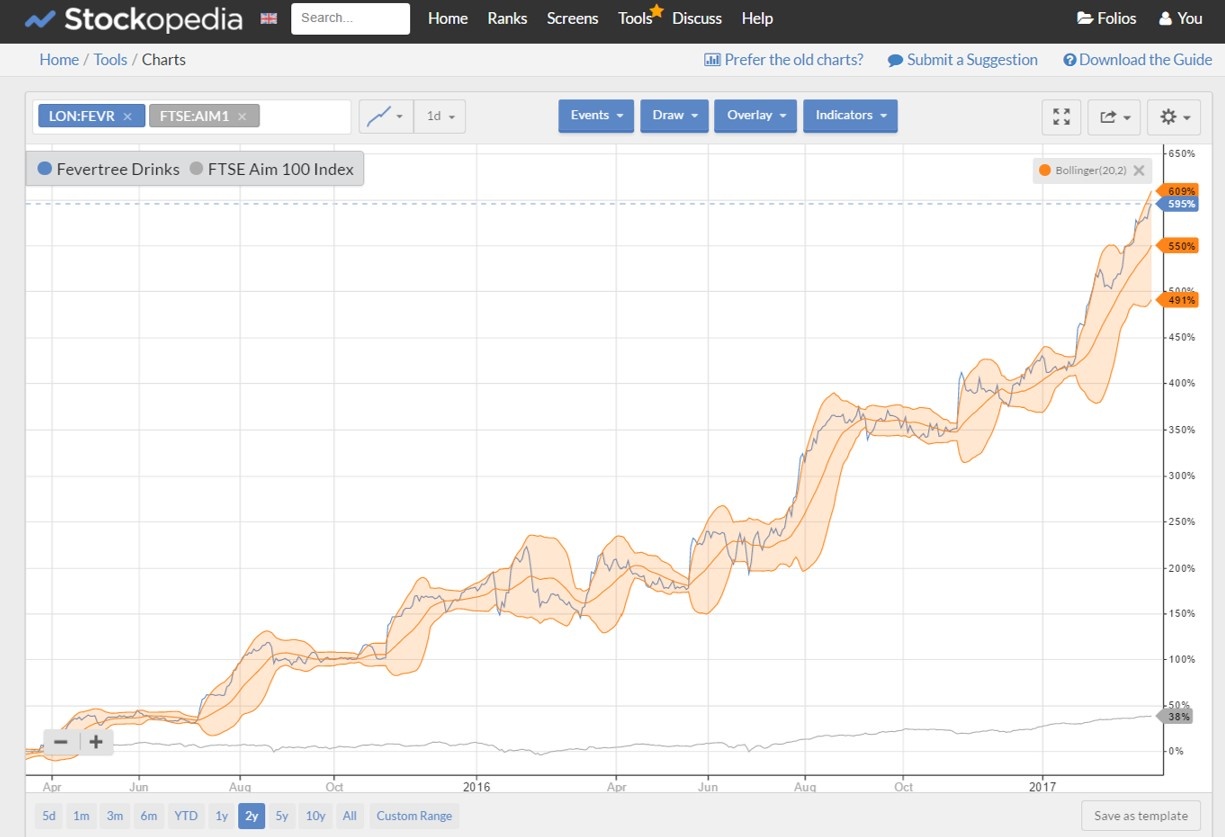Academic finance has long had a soft spot for volatility. Easily measurable and well understood, it came to be accepted as the de facto definition of risk and is now an integral part of modern security valuation – so much so that the terms risk and volatility are used almost interchangeably. Great returns, we were told, are always accompanied by greater risk…but is this really the case? Or can low volatility stocks offer us something for nothing?
Haugen and Heins
The low volatility anomaly was first discovered in 1972 by Haugen and Heins in their paper ‘On the Evidence Supporting the Existence of Risk Premiums in the Capital Market.’ This was around the time that the capital asset pricing model (CAPM) was making its mark as a cornerstone of finance theory. For those who are unfamiliar with the CAPM, it sets out to value any asset through the use of one variable only – its riskiness. Or, more precisely, its market beta, which is the degree to which an asset price is correlated with that of the overall market.
Mathematically, the CAPM is simple, intuitive and does have some explanatory power so the appeal is clear on the academic front. The key prediction of the CAPM is that the gradient of a plot of return vs. risk (known as the security market line) is positively sloped, meaning the more risk you take on, the greater the potential return, and vice versa.
Back in the real world however, Haugen and Heins found that when they actually measured and plotted volatility against return, the gradient of the resulting slope was negative – the less risk you took the better the returns! Below I’ve included a graph from the original 1972 paper, which examines the period from 1926 to 1971 in the US:
The graph plots risk vs. return and quite clearly demonstrates a downwards trend. On average, the lower the volatility (standard deviation here), the higher the rate of return observed.
Of course, that disconfirming evidence existed was never going to hinder the progress of the academically acclaimed CAPM and it still features prominently in finance courses to this day. To me, this screams of opportunity – if it is truly the case that low volatility stocks outperform high volatility stocks, and a large number of budding investors are taught precisely…


















